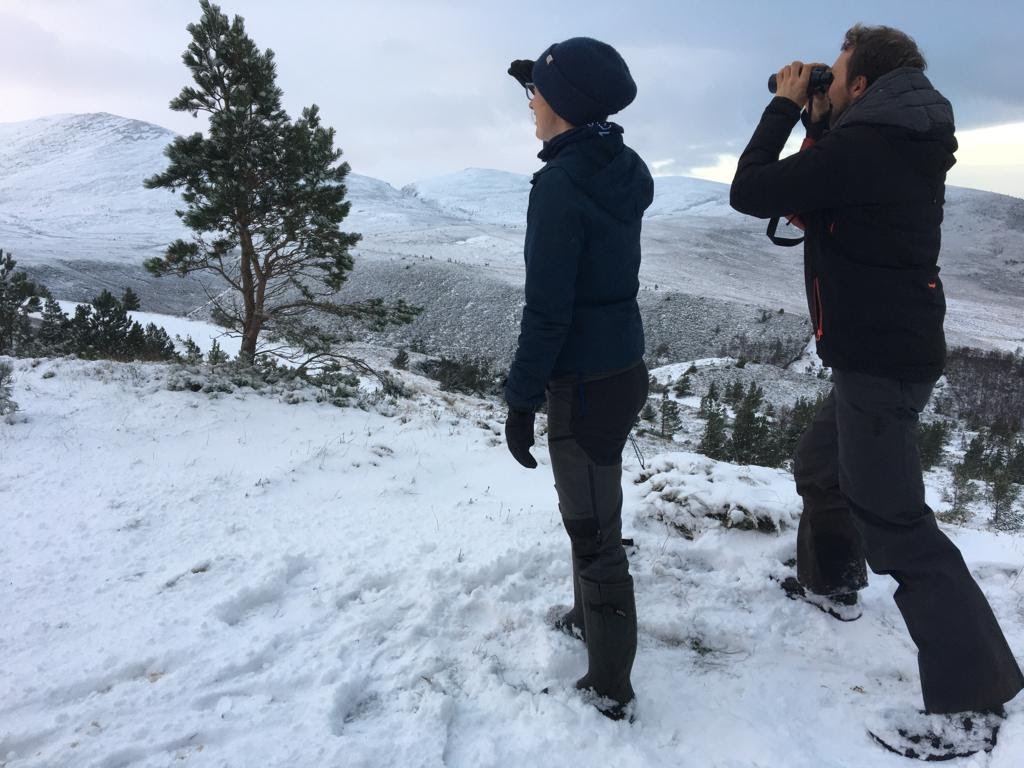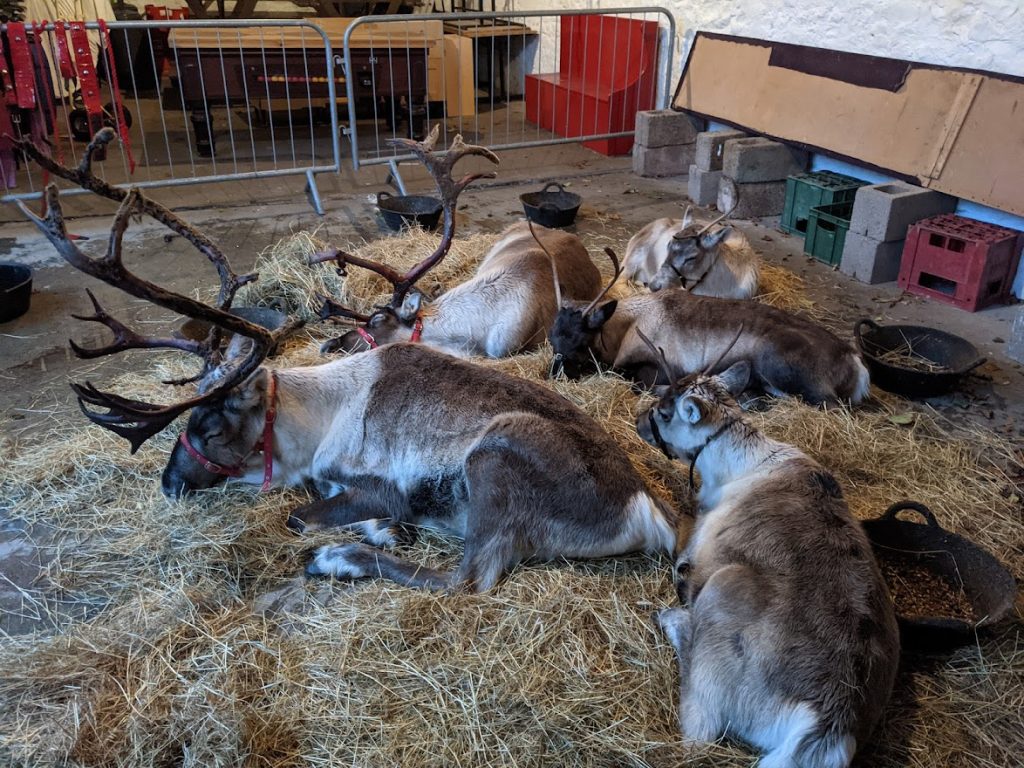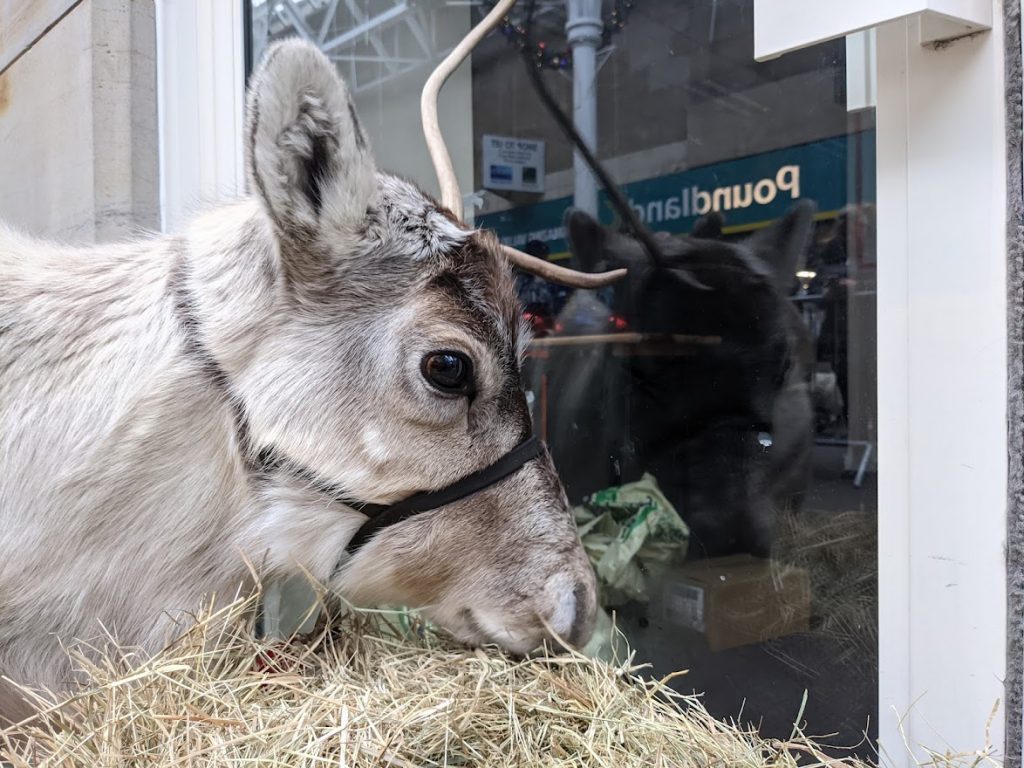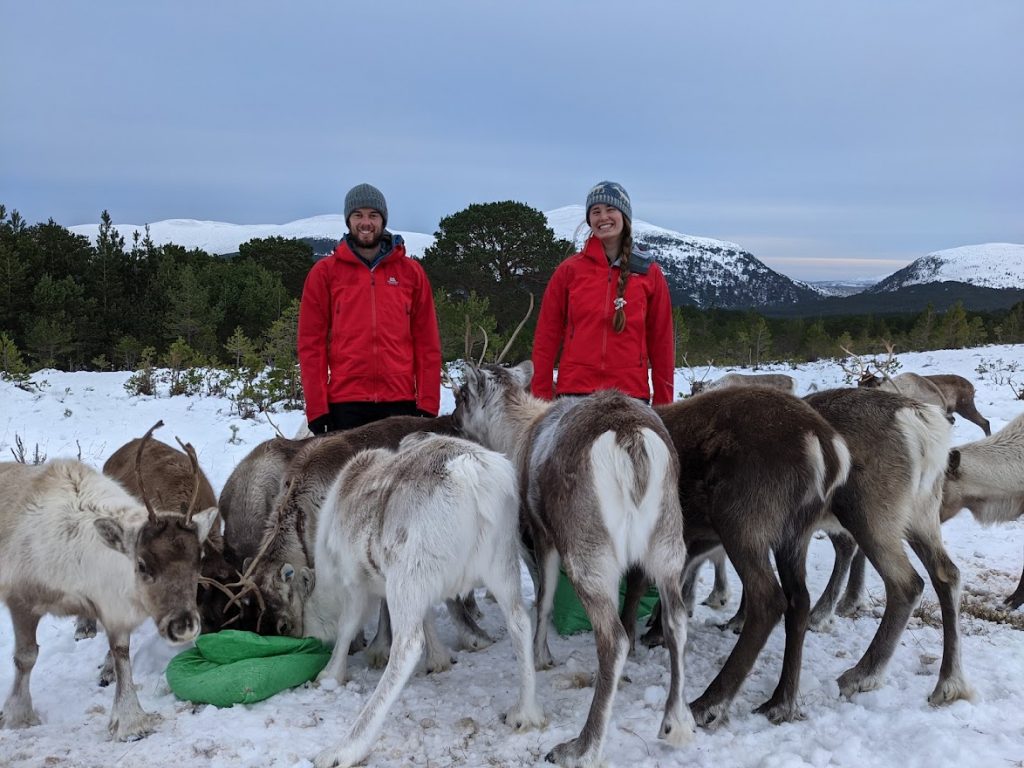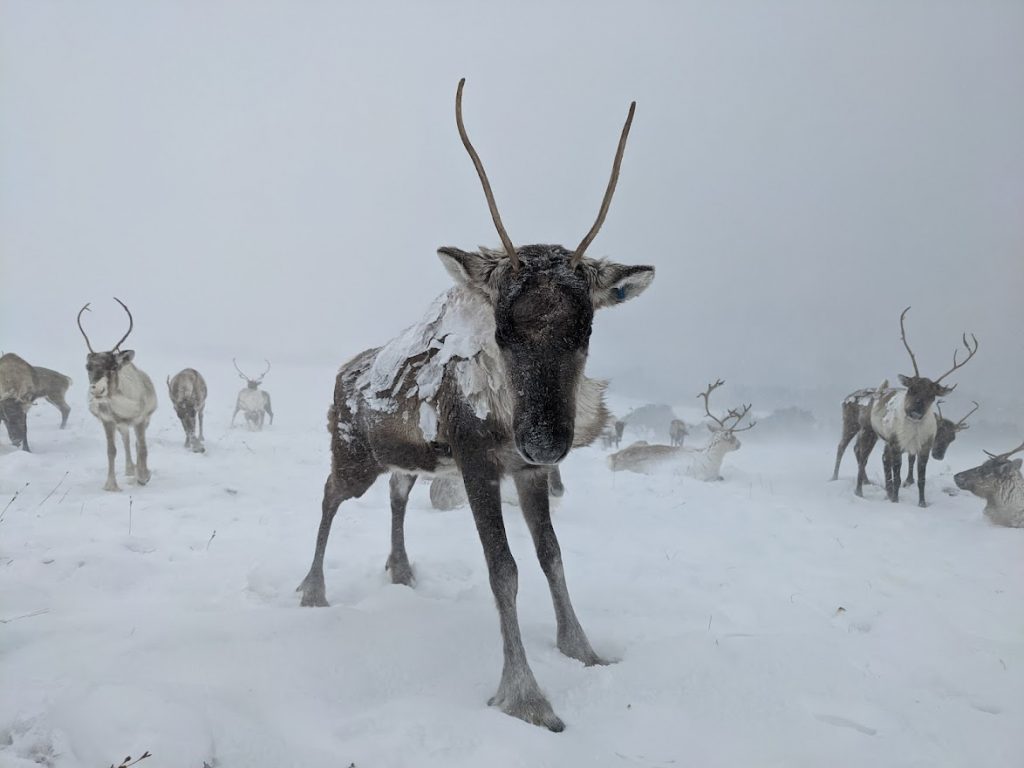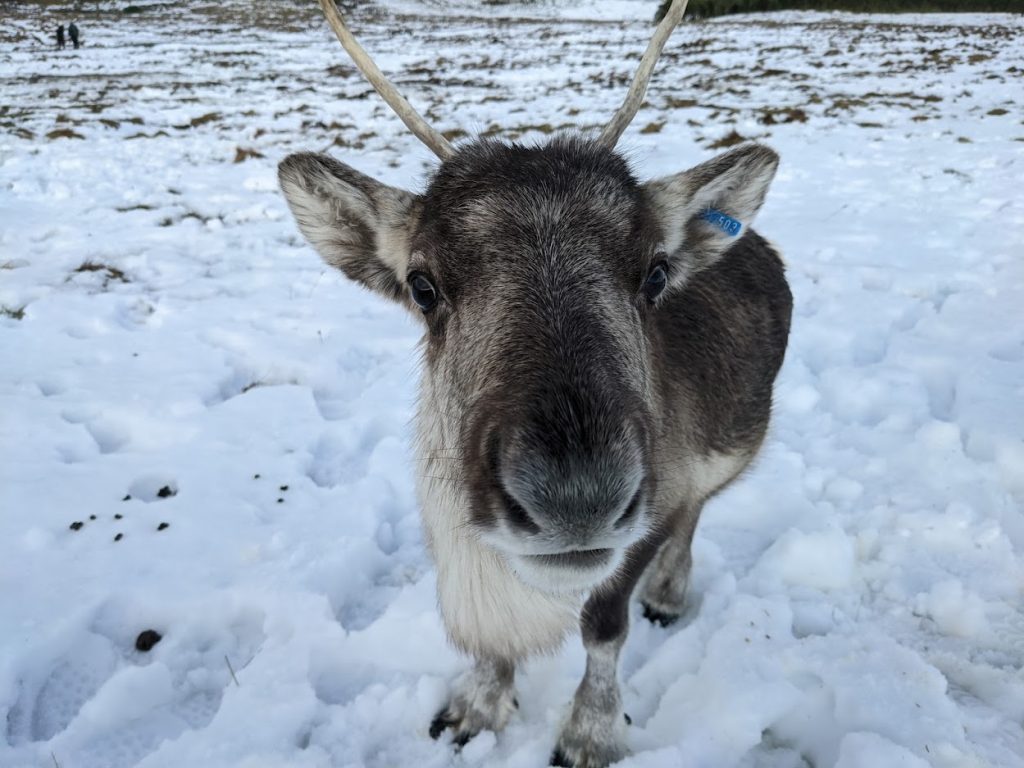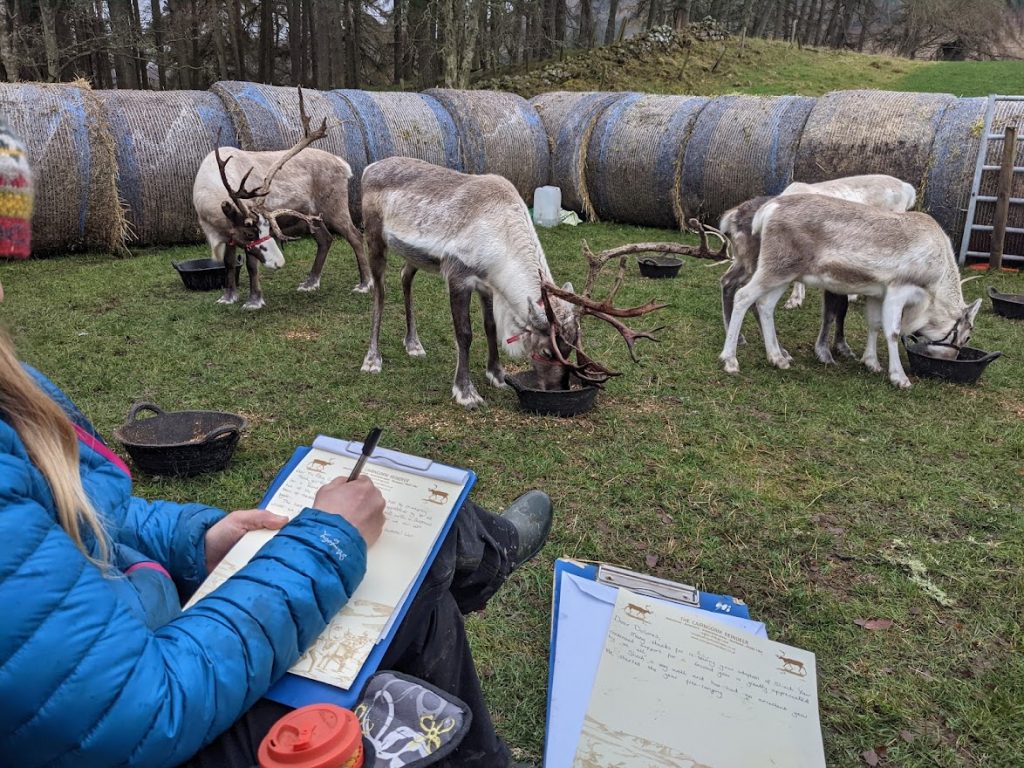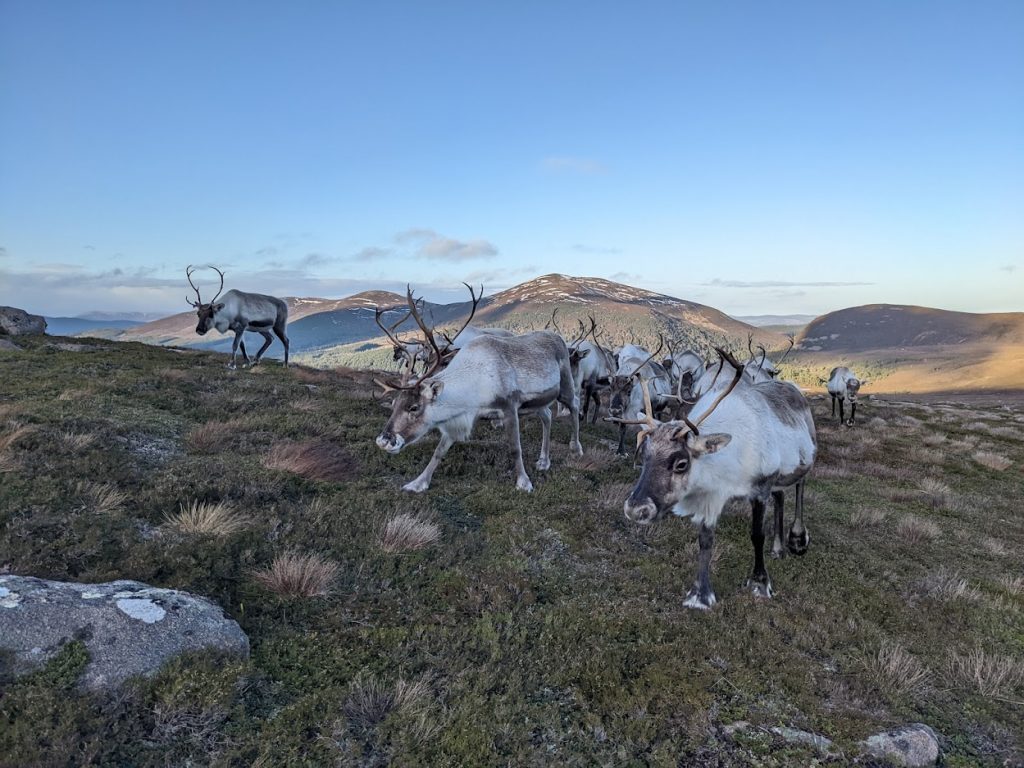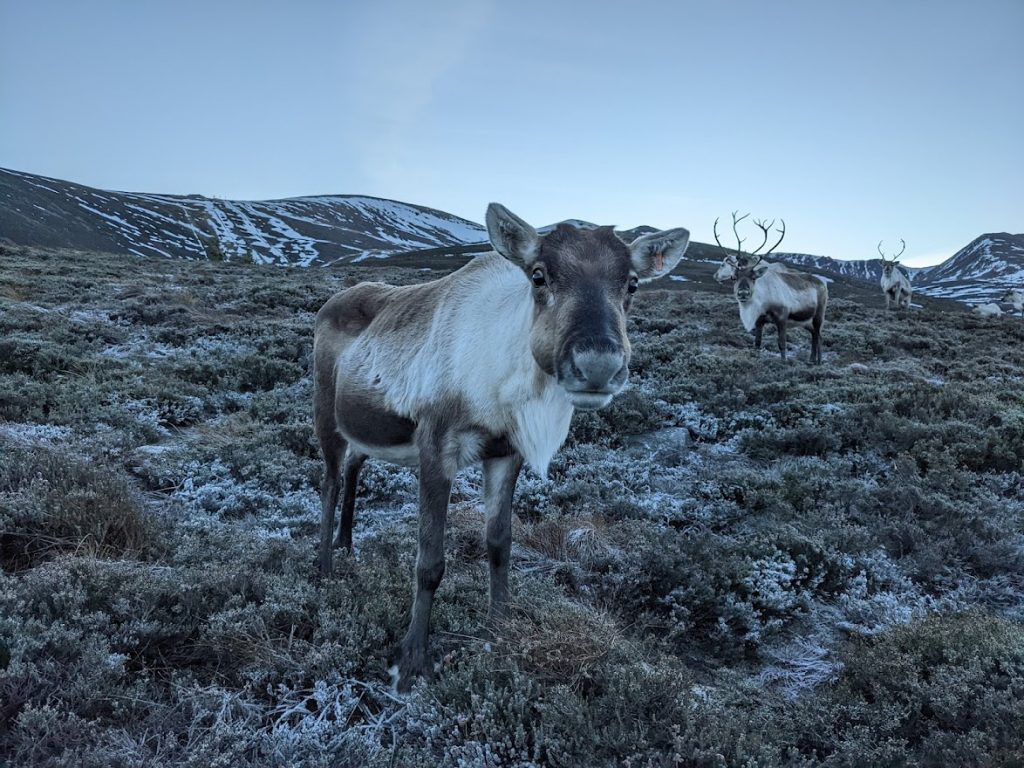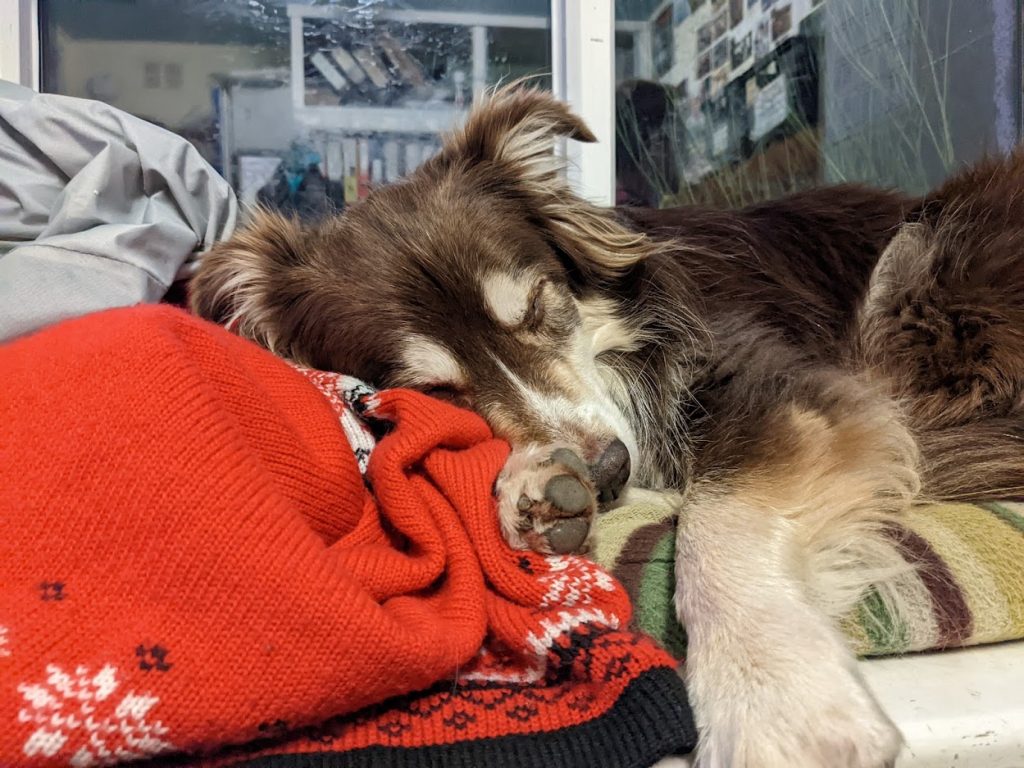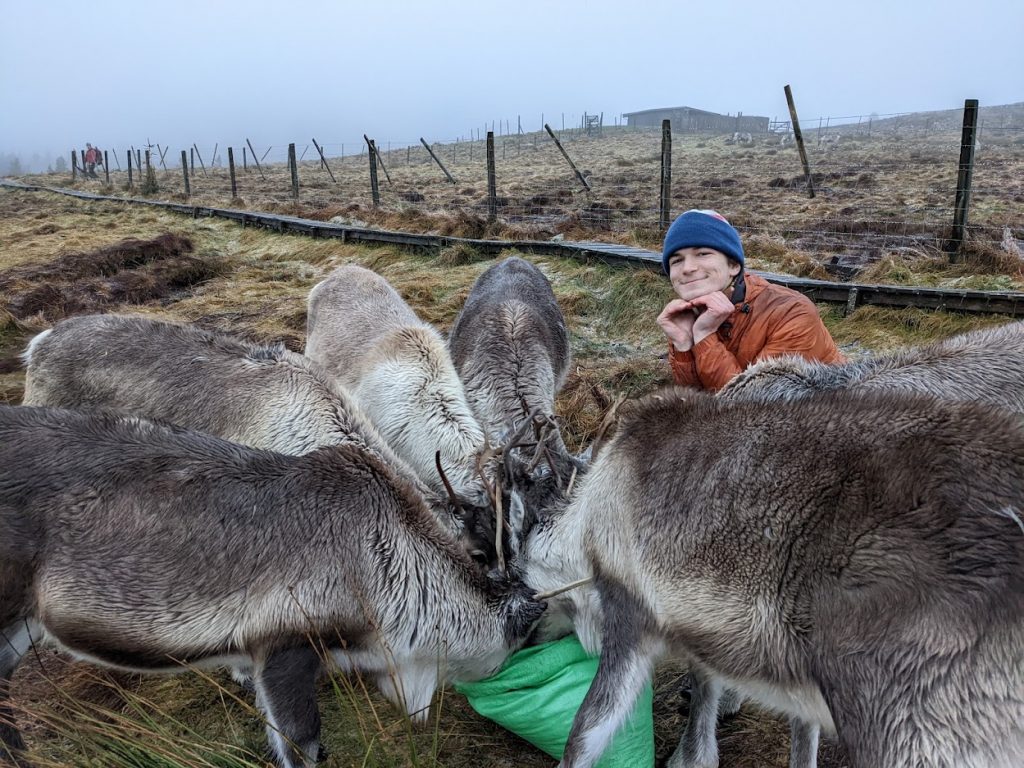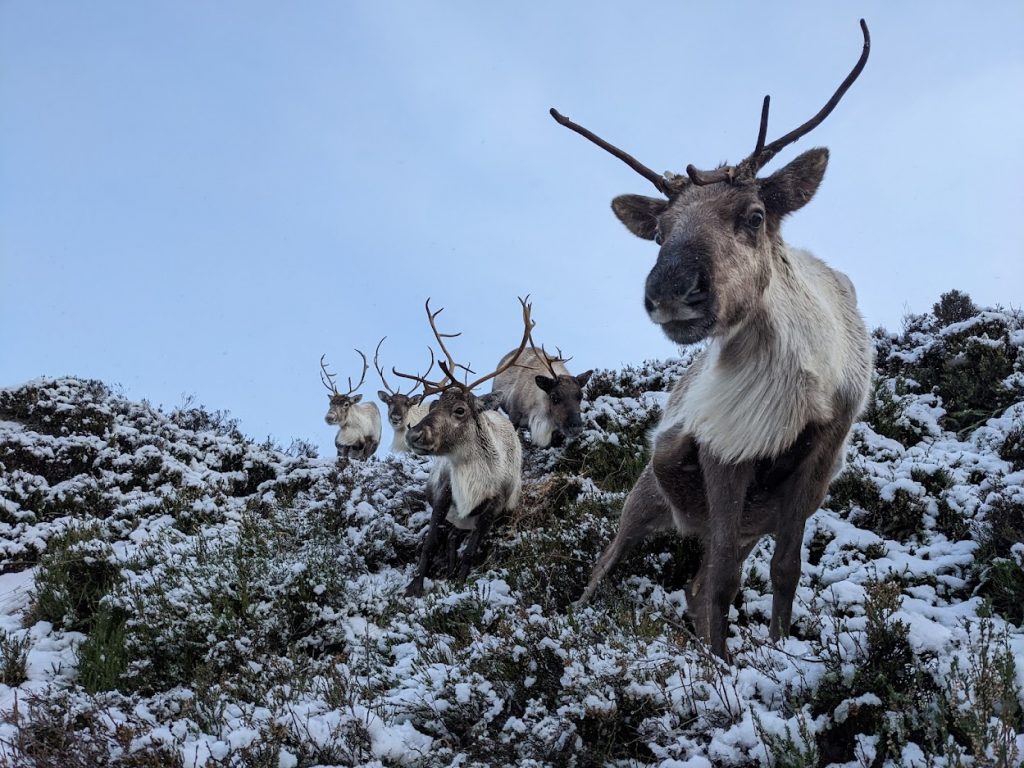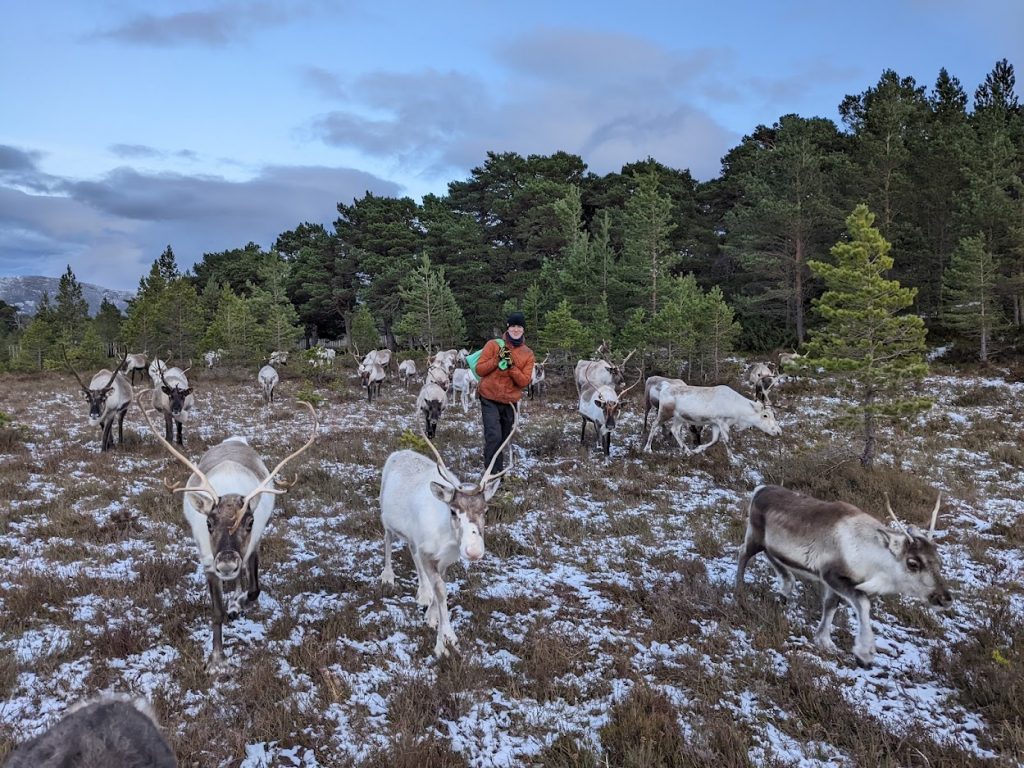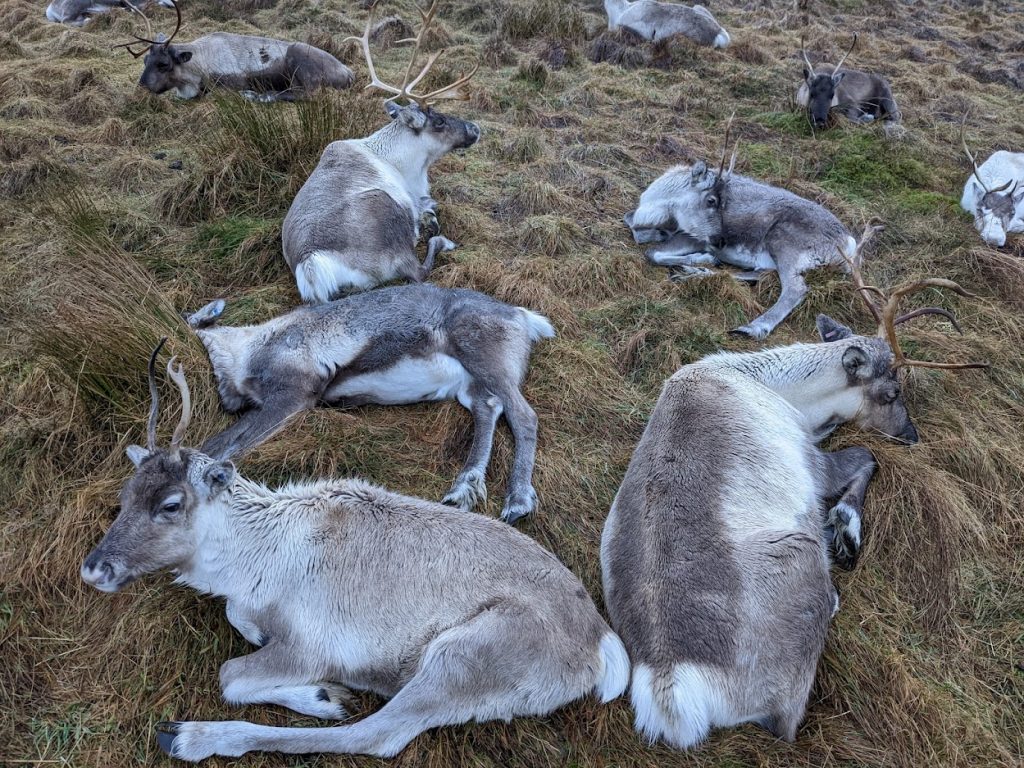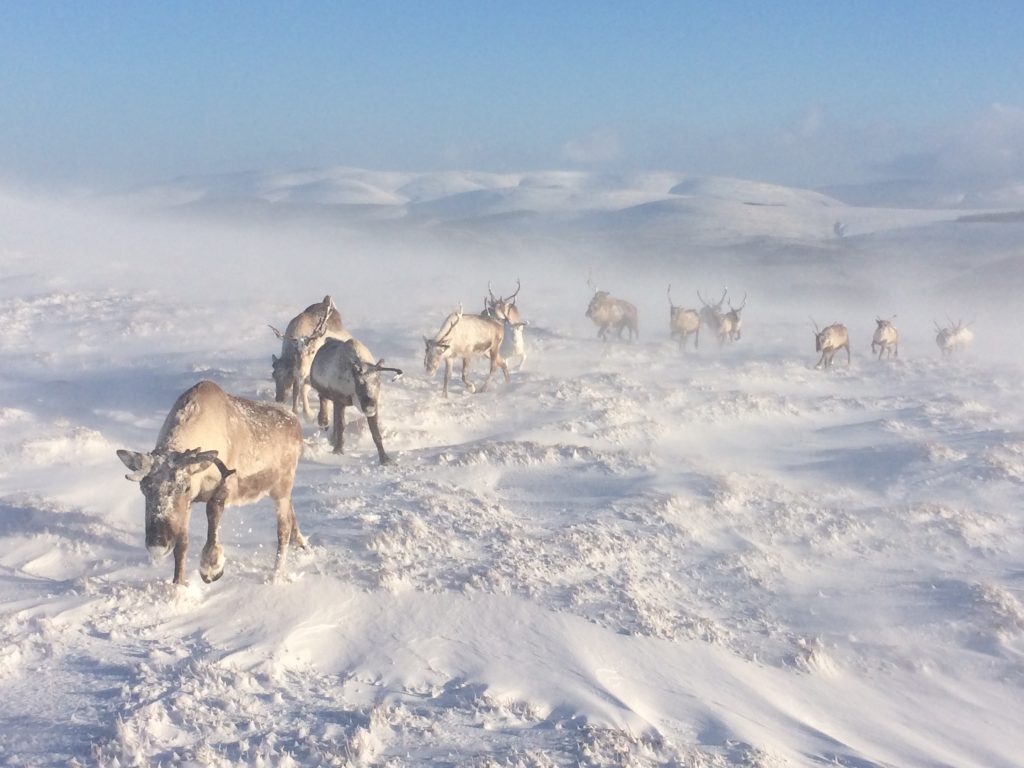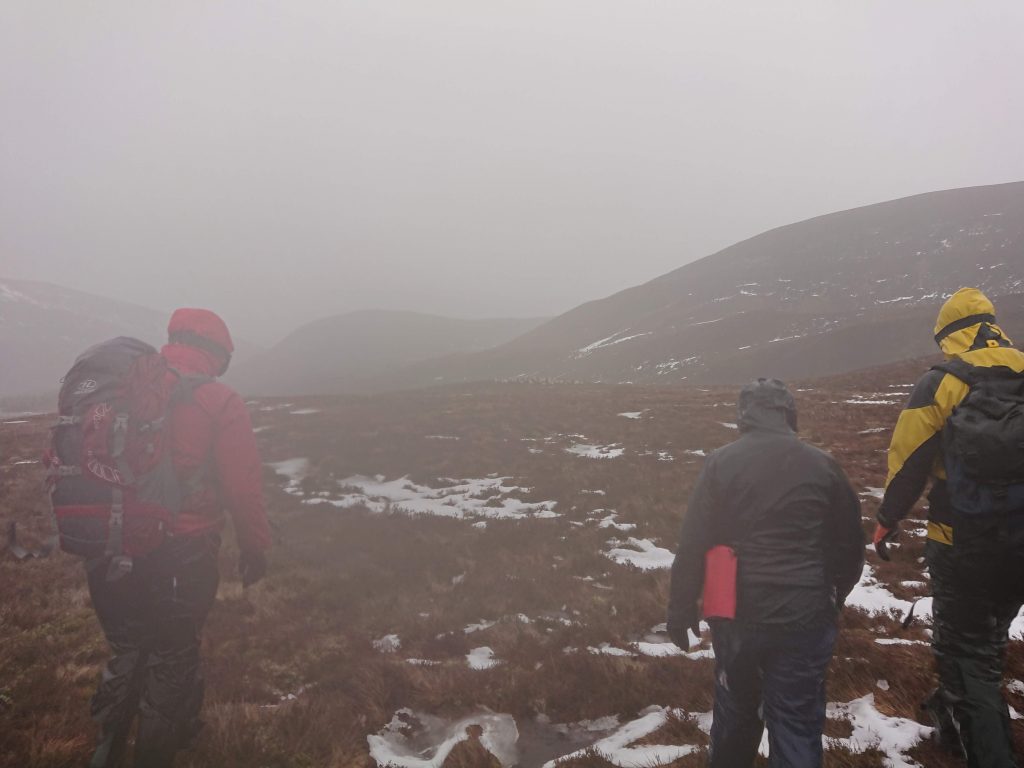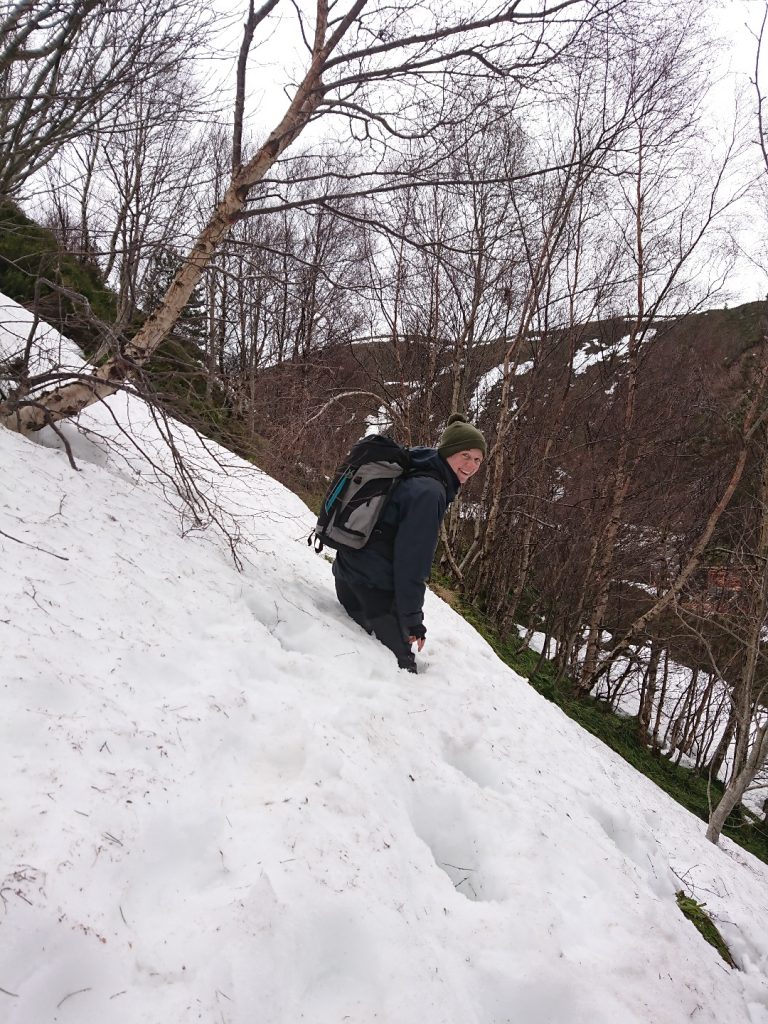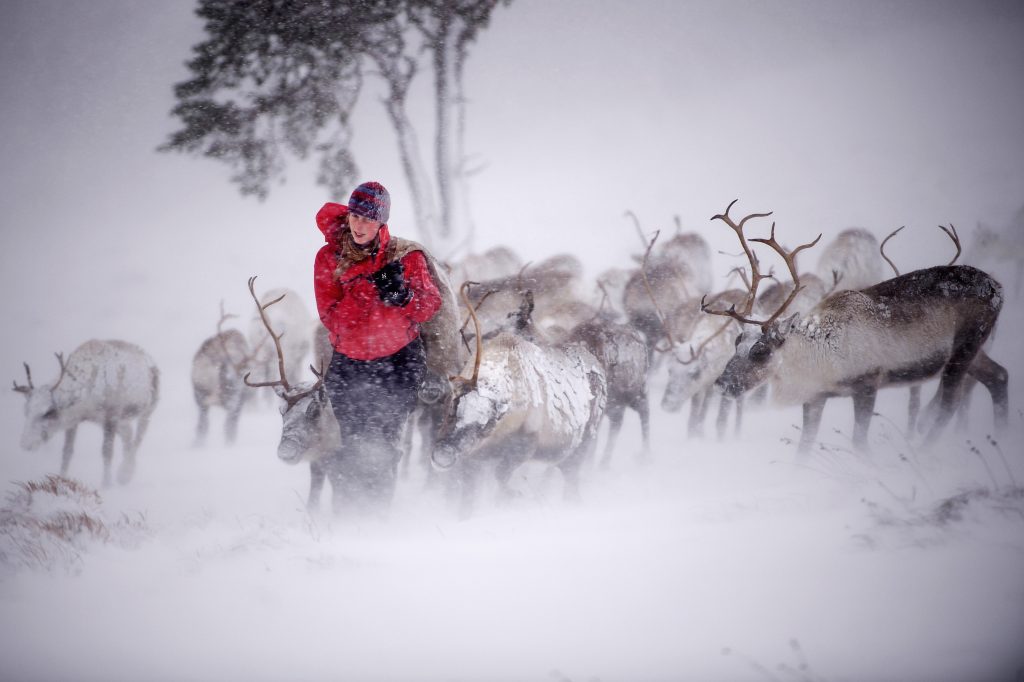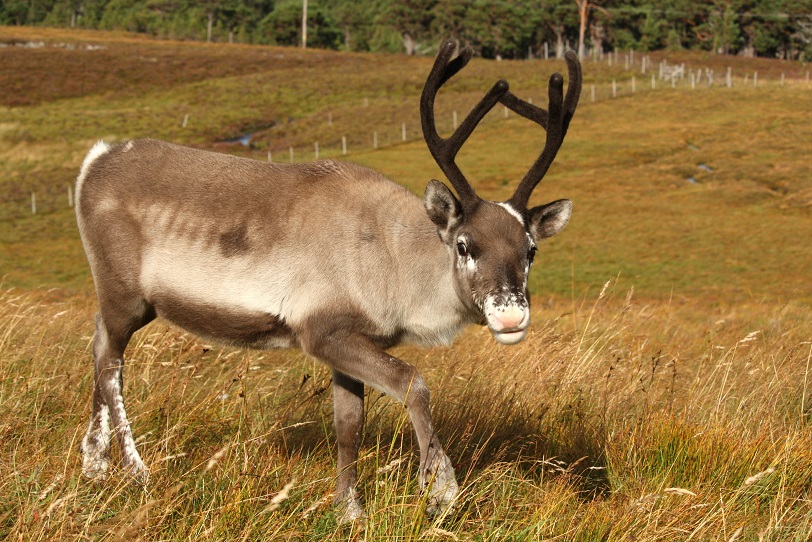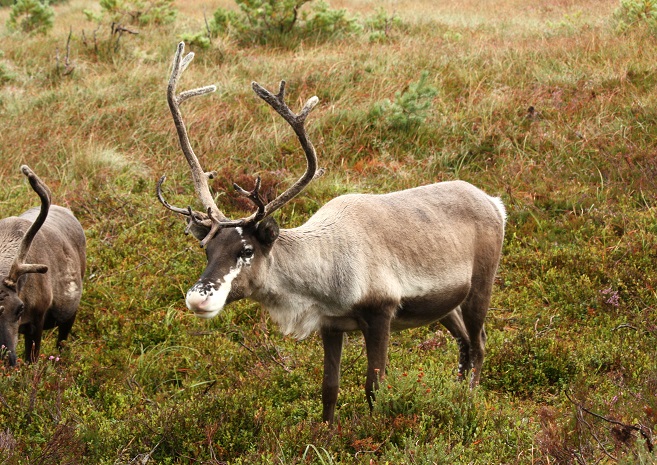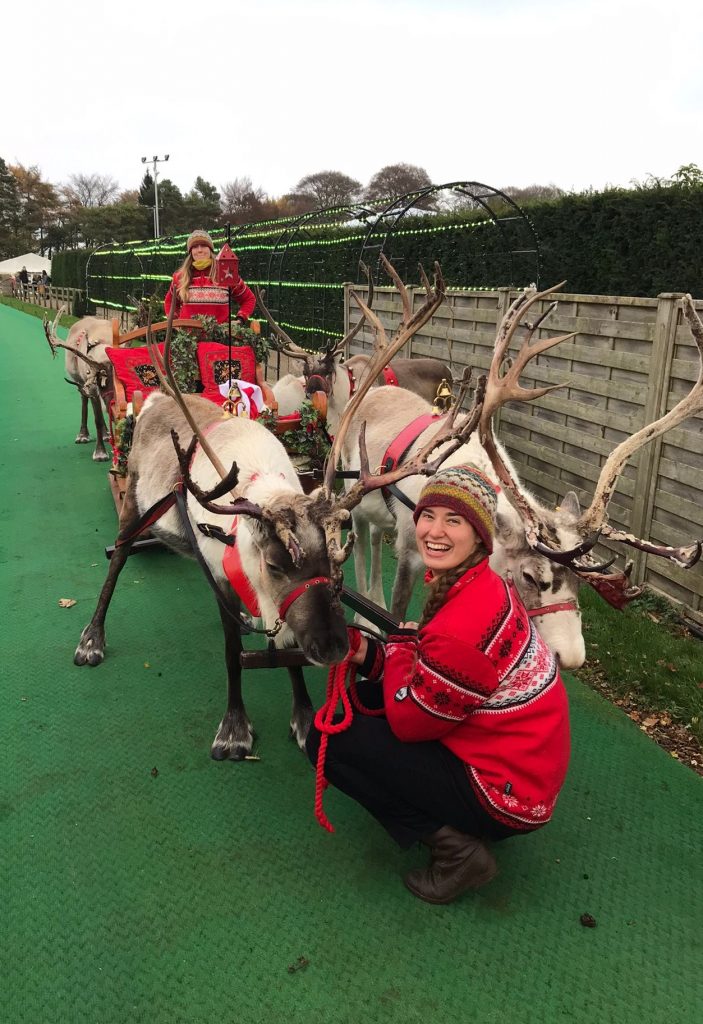Surprisingly I’ve been involved with working at the Reindeer Centre for over four years now. Time has certainly flown by and I would never have expected to be living at the Centre or even in the Highlands when I first began back in November 2017.
When I joined the team, the calves were already 6 months old and had been named under the theme of famous poets and authors. Back then they were still little fuzz balls on legs with small sticks for antlers and sometimes even then, a little mischievous. I quickly got to know them individually over a couple of weeks and eventually Kipling, Dr Seuss and Christie became my favourite reindeer calves. Over the four years I’ve had great joy watching them grow into the adults and characters that they have become now and I feel privileged to have known them all their lives up to this point.
In this blog I will write a little about Kipling, look out for a future blog about Dr Seuss and Christie.
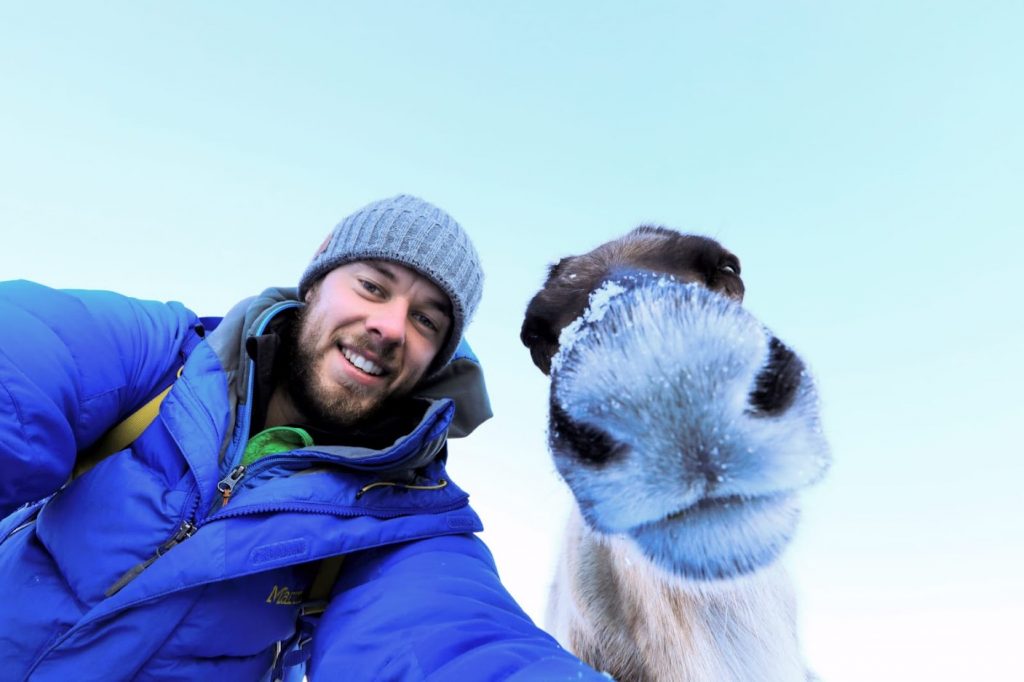
I can shamelessly say that Kipling is probably my favourite reindeer in the entire herd. Is it bad to have my favourite? Should I treat them all equally? Maybe, but over the years Kipling has been so much fun to work with and get to know. As a calf, I remember her looking slightly different to the others of her year. She was dark in colour but with an almost silvery sheen to her coat. Her mother, Hopscotch, is quite tame and rather greedy and this instantly rubbed off on her daughter. Kipling has certainly always enjoyed her food!

During the first 2 years of her life, I only worked at the Reindeer Centre through the winter time but would still visit at least once during the summer months and I remember seeing her on the free-range as a young female. By the time I would start work in October for the season, Kipling would be in our hill enclosure and it was during this time her obsession with food grew. Handfeed is certainly one of her favourite foods and she would inhale it out of the hands of our visitors before they could even take her picture. She also became extremely tame and friendly during this time and sometimes behaved more like a dog than a reindeer, brushing up against people and didn’t even mind being stroked. Through the coldest winter months when all the reindeer were free-ranging I would always make sure to give her a few extra handfuls of food to keep her happy. Some of the herders were not too pleased to see me do this as over time this has made her quite pushy when it comes to a food bag and has now lost all manners when it comes to waiting to be fed!
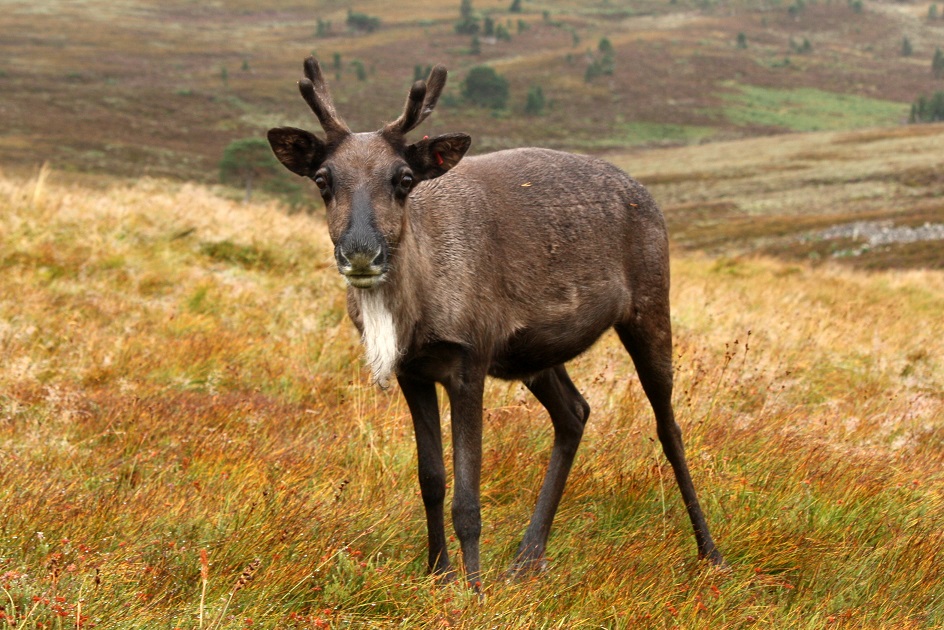
Kipling was so tame as a two year old that she even came on Christmas events with us. We visited Milngavie, Keswick, Bedford and Windsor while on tour and she was so ridiculous when on display in the pen, brushing up against the fence to say hello to people and telling off dogs when they came too close.
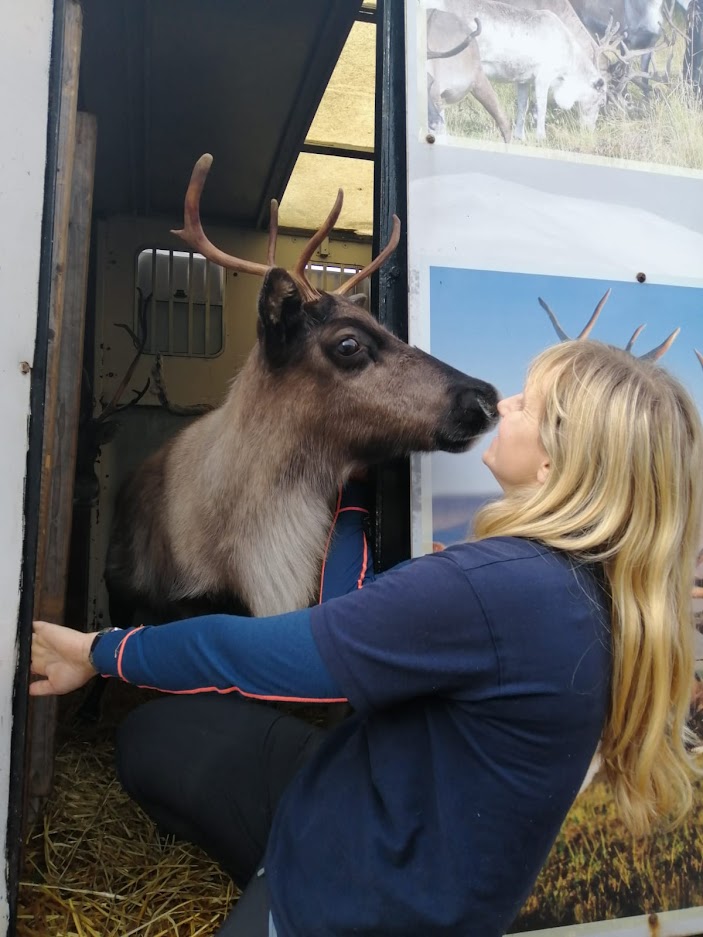
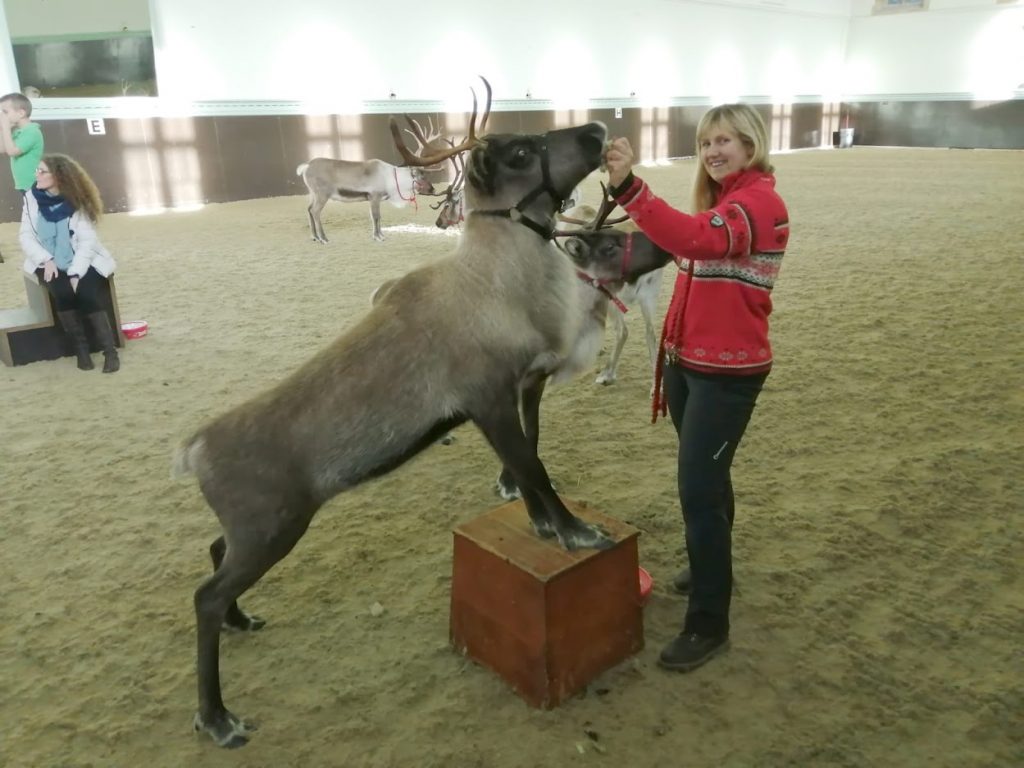
At 3 years old Kipling became a mother and I was lucky enough to be the first person to see her after giving birth. In classic Kipling style, she was so food orientated that during her first year of being a mother she would pay more attention to what she could eat rather than keep her calf close by. I got to name the calf after the peas, seeds and beans theme that year and landed on the name Pip after my first family pet dog Pippin. Pip herself is more shy in nature than Kipling but has grown in confidence over the last year and is still close to her mother.
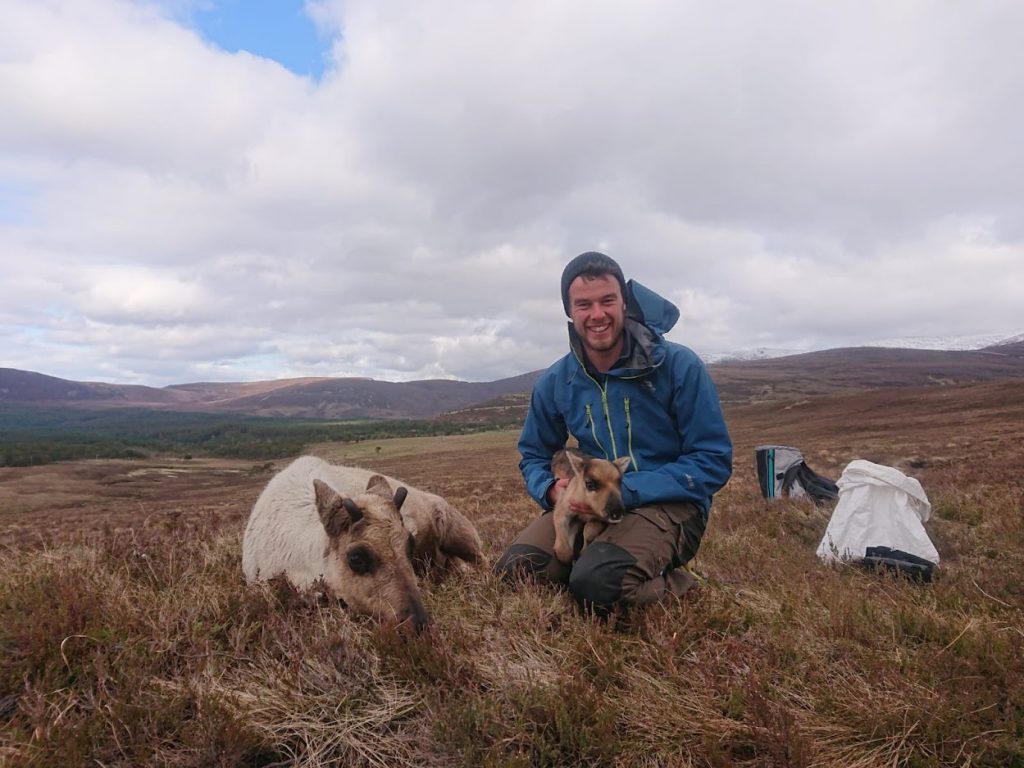
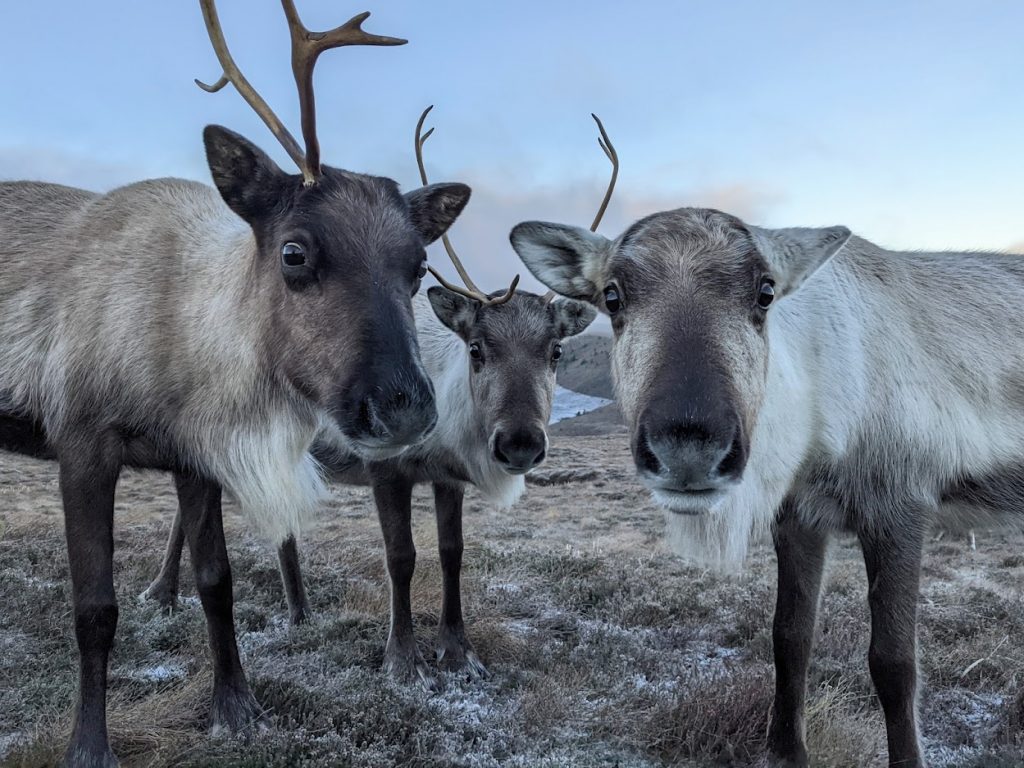
In more recent times Kipling has become a well known regular to visitors on our Hill Trips. She’s usually the first reindeer to come in and hand feed but has sometimes got a little too pushy in her greed and has been known to be a bit too boisterous for some. I feel that after all the extra food and attention I have given to Kipling over the years I have played my part in creating a food monster. But like people can be around their loved one, I look past this and only see the fun, friendly reindeer that I’ve become so fond of.
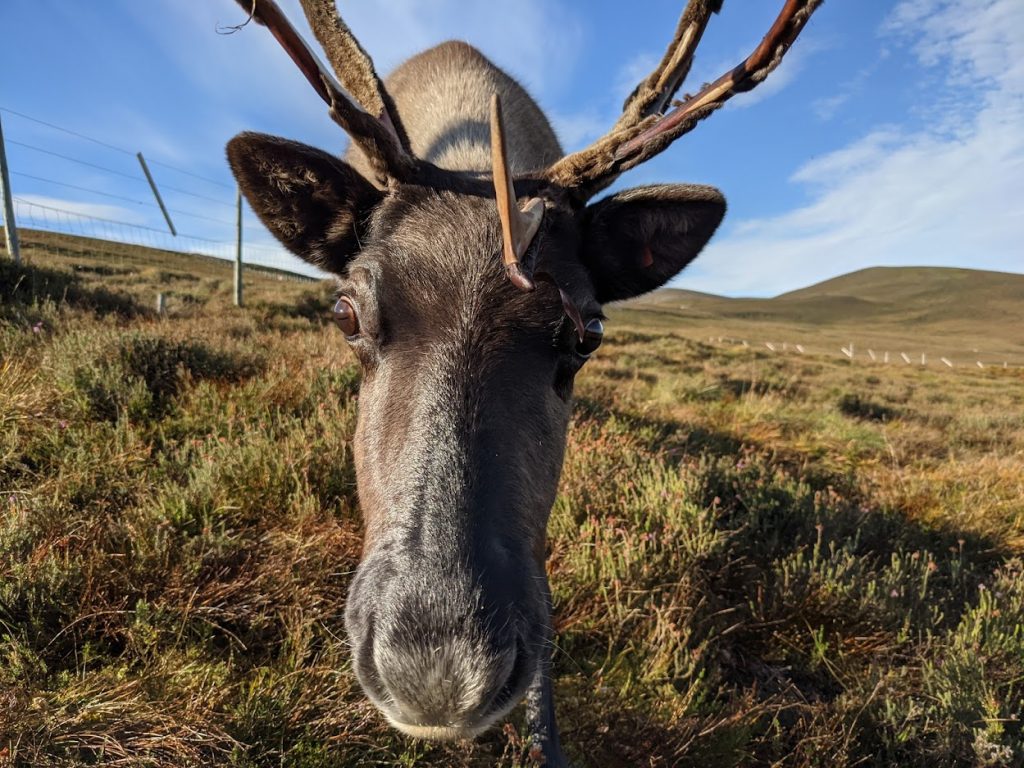
Joe


